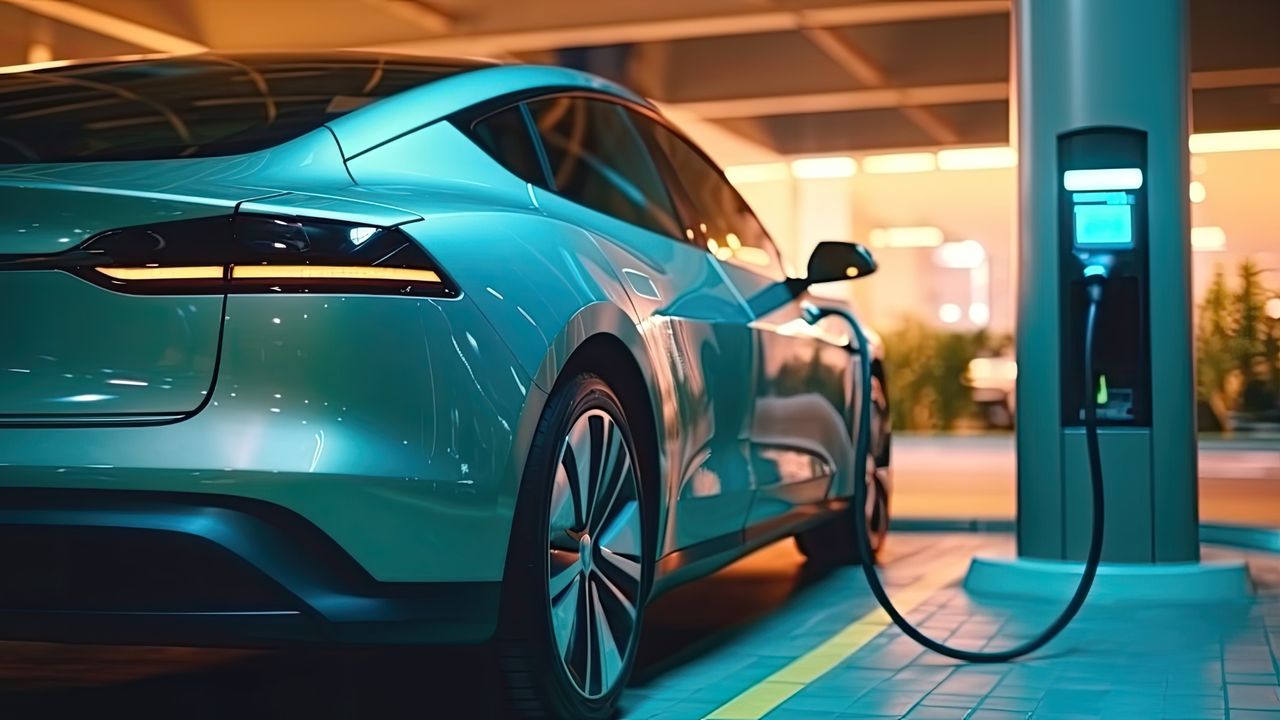Autonomous Driving and Electric Cars: A Revolution in Vehicle Automation
The automotive industry has witnessed a significant transformation in recent years, with the emergence of autonomous driving and electric cars. These technological advancements have not only revolutionized transportation but also paved the way for a safer and more sustainable future. In this article, we will delve into the realm of autonomous vehicle safety, vehicle automation, and the remarkable capabilities of autonomous driving systems.
Autonomous Vehicle Safety
One of the primary concerns surrounding autonomous vehicles is safety. As these vehicles operate without human intervention, it is crucial to ensure that they can navigate the roads safely and effectively. Extensive research and development have been dedicated to enhancing autonomous vehicle safety, resulting in remarkable advancements.
Autonomous driving systems are equipped with an array of sensors, including cameras, radar, and lidar, which allow them to perceive their surroundings with exceptional accuracy. These sensors continuously gather data, creating a comprehensive understanding of the vehicle’s environment. By analyzing this data in real-time, autonomous driving systems can make informed decisions and react swiftly to potential hazards.
Furthermore, autonomous vehicles are designed to communicate with each other and with the surrounding infrastructure through vehicle-to-vehicle (V2V) and vehicle-to-infrastructure (V2I) technology. This communication enables them to share vital information, such as traffic conditions and road hazards, enhancing overall safety on the roads.
Vehicle Automation
Vehicle automation is at the core of autonomous driving systems. These systems utilize advanced algorithms and artificial intelligence to control various aspects of the vehicle’s operation, including acceleration, braking, and steering. By automating these functions, autonomous driving systems can optimize efficiency, reduce human error, and ultimately enhance the overall driving experience.
One of the key benefits of vehicle automation is the potential to reduce traffic accidents caused by human error. According to the World Health Organization, approximately 1.35 million people die each year due to road traffic accidents. By eliminating human error from the equation, autonomous driving systems have the potential to significantly reduce these numbers, making roads safer for everyone.
Moreover, vehicle automation can also lead to increased fuel efficiency and reduced emissions. Autonomous driving systems can optimize driving patterns, minimize unnecessary acceleration and braking, and choose the most energy-efficient routes. When combined with electric cars, which produce zero tailpipe emissions, the result is a greener and more sustainable transportation system.
The Remarkable Capabilities of Autonomous Driving Systems
The capabilities of autonomous driving systems are nothing short of impressive. These systems can perform complex tasks that were once exclusive to human drivers, such as lane changing, parking, and even navigating through challenging road conditions.
For example, Tesla’s Autopilot system utilizes a combination of sensors, cameras, and advanced algorithms to provide a semi-autonomous driving experience. It can handle tasks like maintaining speed, changing lanes, and even parking with minimal human input. While the driver still needs to remain alert and ready to take control if necessary, the Autopilot system significantly reduces the cognitive load on the driver, making long drives safer and more comfortable.
Furthermore, companies like Waymo have been pushing the boundaries of autonomous driving by developing fully autonomous vehicles. Waymo’s self-driving cars have undergone extensive testing and have accumulated millions of miles on public roads. These vehicles can navigate complex urban environments, interact with pedestrians and cyclists, and adapt to unpredictable situations, showcasing the remarkable potential of autonomous driving systems.
In Conclusion
The advent of autonomous driving and electric cars has brought about a revolution in vehicle automation. With a strong emphasis on autonomous vehicle safety, extensive research and development have resulted in remarkable advancements in this field. Vehicle automation, coupled with the capabilities of autonomous driving systems, has the potential to transform transportation, making it safer, more efficient, and more sustainable.
